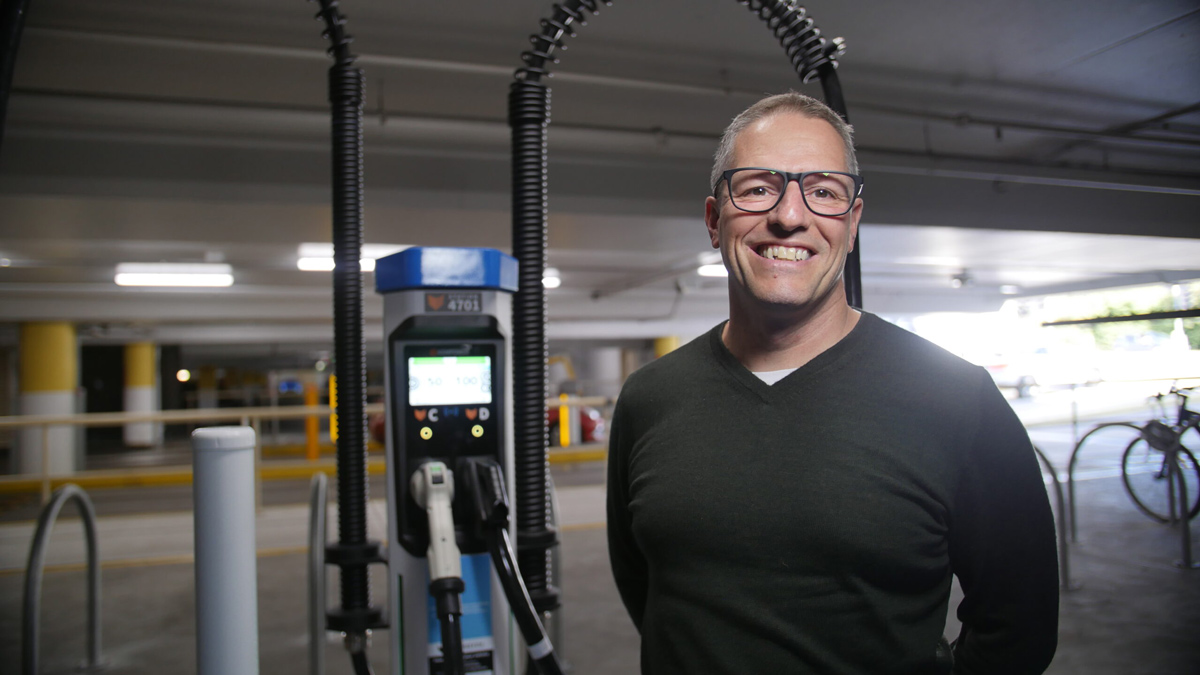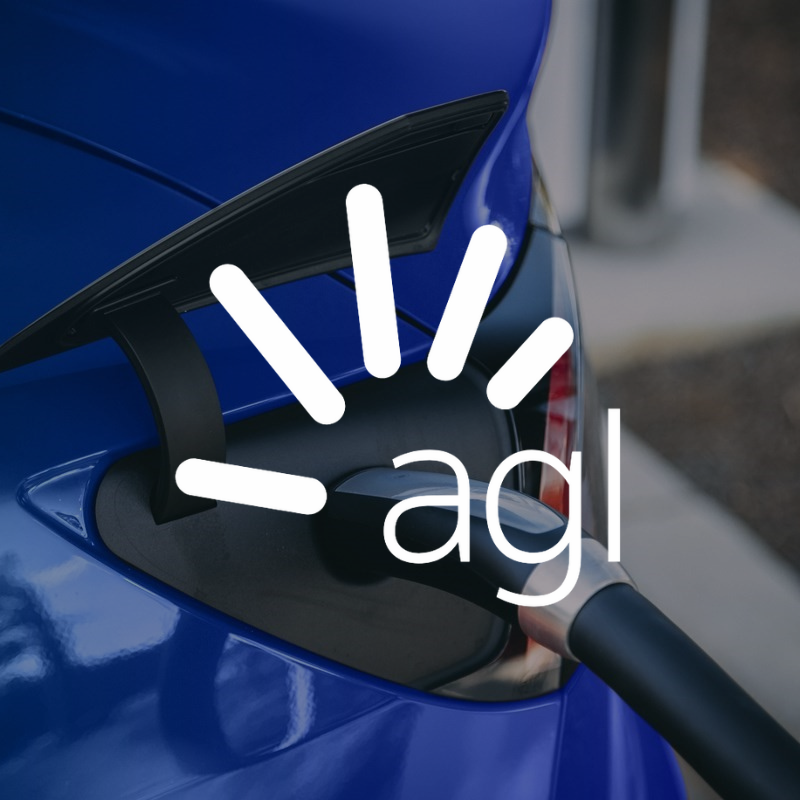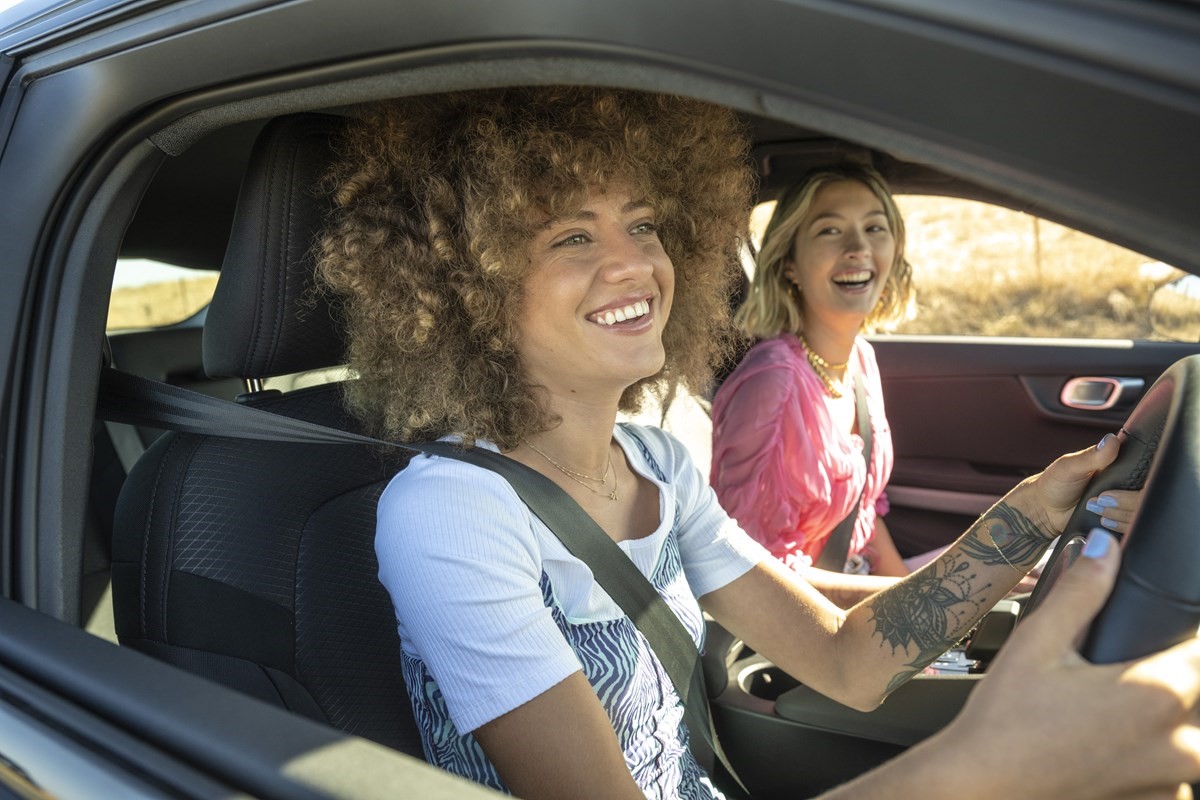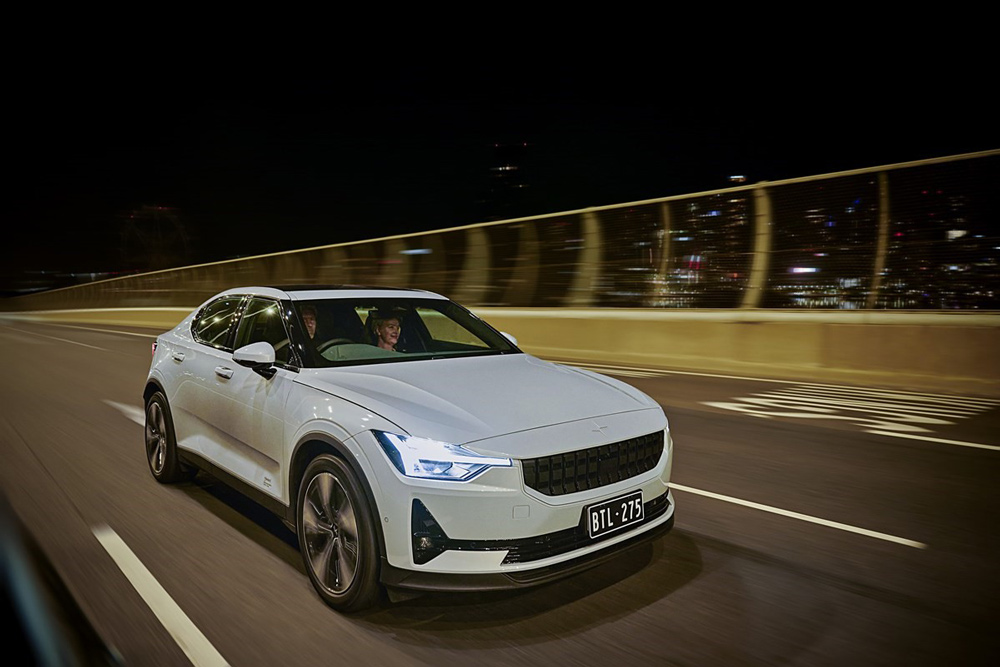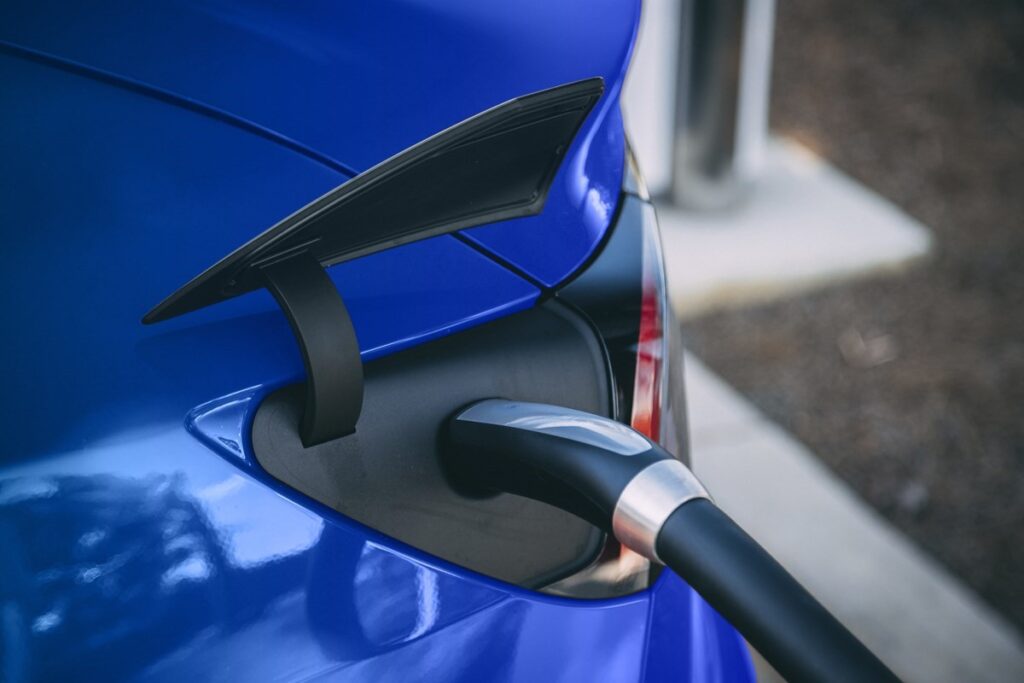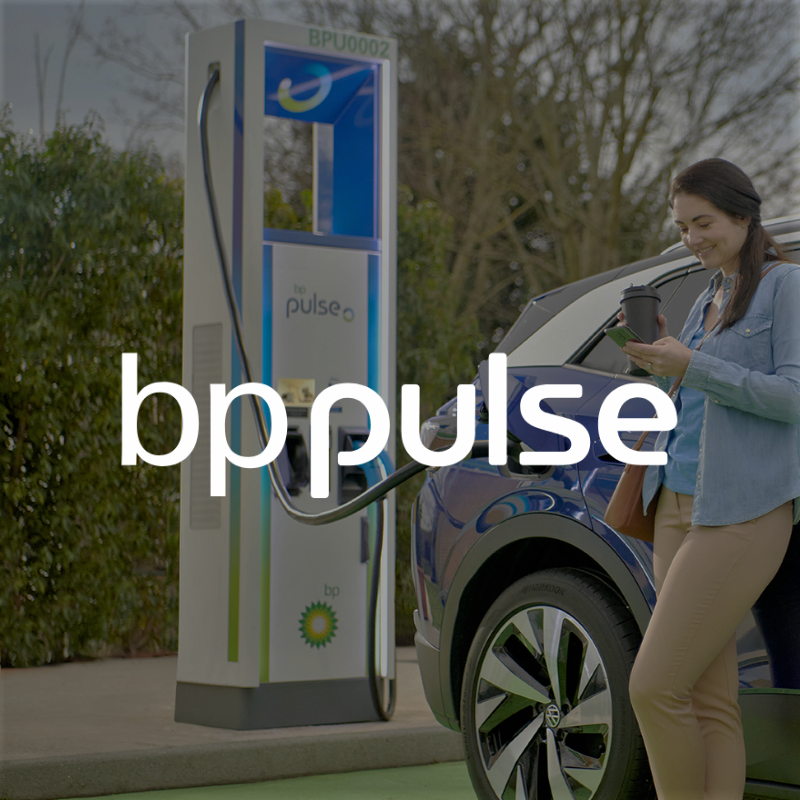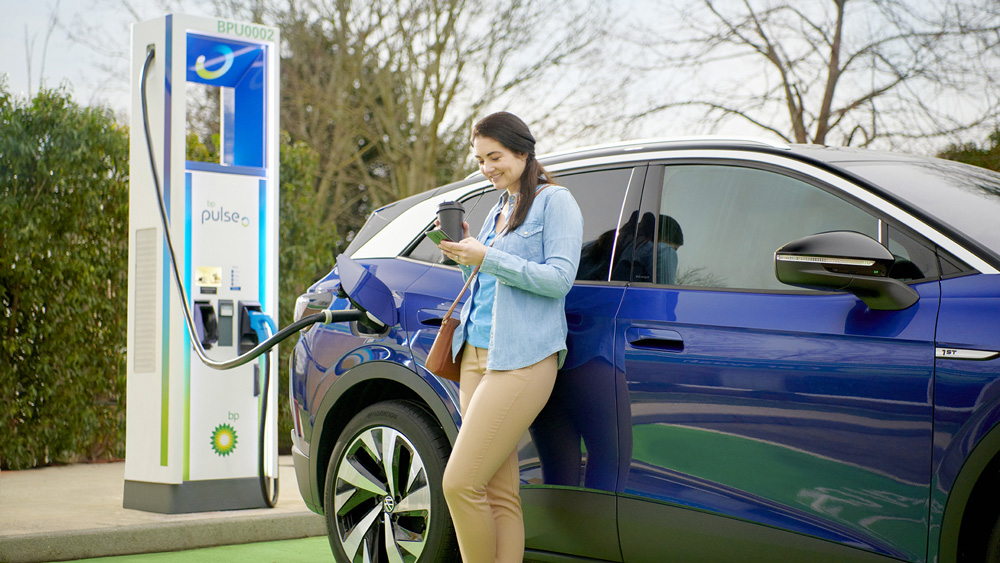John Sullivan, the CEO of Chargefox – Australia’s largest EV charging network, recently drove his EV from Melbourne to Adelaide and back, aiming to address some common concerns about EVs and long-distance travel while demonstrating the practicality of EV road trips.
Many potential EV buyers fret over long-distance travel, wondering if it’s feasible. While I’ve never shared this concern, I do understand it. As the CEO of a national company, I have the privilege of traveling across Australia, engaging with customers, visiting charging sites, and conversing with drivers. Recently, I embarked on a journey from Melbourne to Adelaide in my EV, the first of many such drives. I documented my experiences in the hope of dispelling these concerns.
I started my trip at 6:30 am with a battery top-up Bayside City Council – my local Chargefox charging station. My Tesla showed a range of about 400 kilometres, while Google Maps estimated the Melbourne to Adelaide route at 740 kilometres, taking eight and a half hours. Planning was crucial, considering factors like temperature, wind, and traffic that can impact an EV’s range.
With the Chargefox network at my disposal, I was confident in finding charging stations along the way. I also used Plugshare and A Better Routeplanner for more options. This planning eased concerns about running out of charge during the journey.
The first leg was from Melbourne to Horsham, a 313-kilometer drive. Initial calculations indicated a 34% charge upon arrival, but rapidly decreasing range due to the cold reminded me of the weather’s impact on efficiency. I reached Horsham with just 1% charge left, realising I probably should’ve topped up earlier. (Lesson learnt!)
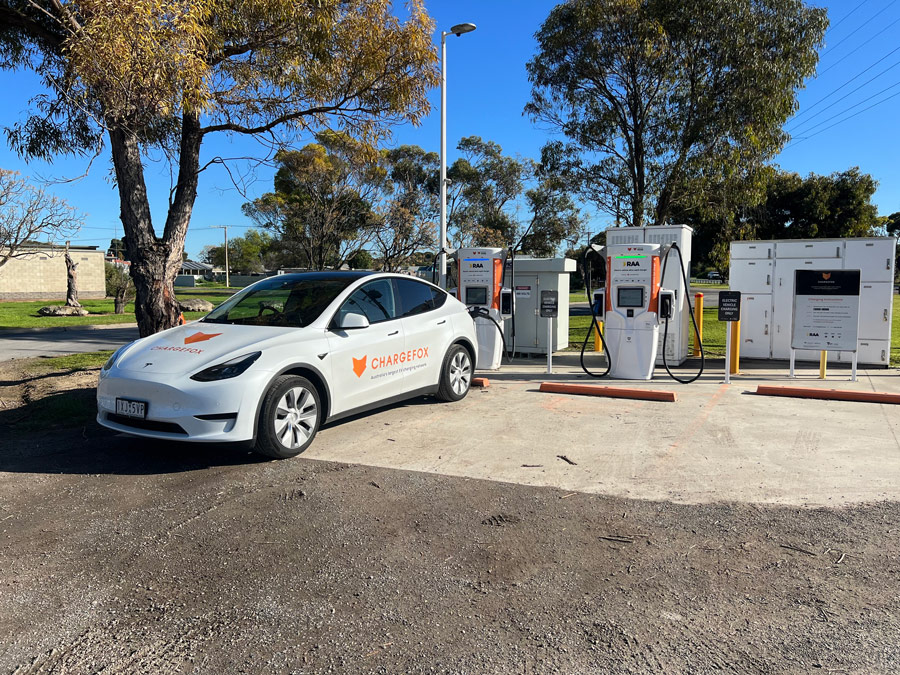
In Horsham, I used a Chargefox 350kW charger, costing $35, while enjoying a coffee and an interview with a journalist. Then, I drove to Keith, 220 kilometres away, experimenting with cruise control and benefiting from rising temperatures which helped battery range. At Keith, I charged for $25.
With both car and driver recharged, I drove to Adelaide CBD, around 220 kilometres. I passed Murray Bridge, another charging station, with enough range to make it to Adelaide. The trip took around ten hours, aligning with Google’s estimate.
The return journey was smooth, with strategic stops for charging, coffee breaks, and chats with fellow EV drivers. My conclusions:
- Charging Infrastructure: Ample charging stations make it easy to avoid getting stranded. A few minutes of route planning is essential.
- Trust the planning, not the range: Don’t solely rely on the displayed range; overplan charging stops and have backups.
- Cost-efficiency: Long-distance EV travel is cost-effective, halving fuel costs compared to a petrol car.
My journey shows that EV road trips are practical, thanks to planning and robust charging infrastructure.
Come and say hi to me and the rest of the Chargefox team at the Melbourne EV show. We can’t wait to see you all!


